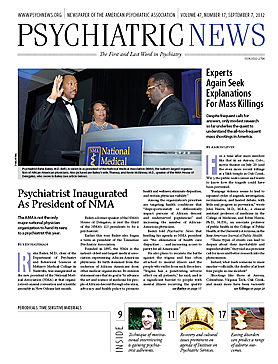Federal spending under the Patient Protection and Affordable Care Act (ACA) is expected to be $84 billion lower than previously projected in the wake of the Supreme Court ruling that states can opt out of the law’s Medicaid expansion provision.
That was the finding from an analysis of the effects of the Supreme Court ruling by the Congressional Budget Office (CBO) titled “Estimates for the Insurance Coverage Provisions of the Affordable Care Act Updated for the Recent Supreme Court Decision.”
In June, the Supreme Court ruled on several constitutional questions about the health care reform law and gave the Obama administration a broad victory in saying that the so-called “individual mandate” to buy insurance is constitutional. But one facet of the law that the Court did not uphold is giving the federal government the power to penalize states that choose not to participate in the Medicaid expansion by taking away their existing Medicaid funding.
That means states can now choose not to expand their Medicaid rolls with individuals who earn up to 133 percent of the federal poverty level without fear of having their entire federal funding for the program eliminated. States that do opt to expand receive additional federal subsidies in the initial years to cover newly insured individuals (Psychiatric News, July 20).
Because of the Medicaid ruling, the CBO now estimates that the insurance coverage provisions of the ACA will have a net cost of $1,168 billion over the 2012–2022 period—compared with $1,252 billion projected in March 2012 for that 11-year period—for a net reduction of $84 billion.
The projected net savings to the federal government arise because the reductions in spending from lower Medicaid enrollment are expected to more than offset the increase in costs from greater participation in the new health insurance exchanges established by the law, which will be subsidized in part by the government. “That outcome is projected to occur despite the fact that the government’s average additional costs per person in the exchanges will be greater than its average savings per person for those who, as a result of the Court’s ruling, will not enroll in Medicaid,” the CBO stated.
And that’s because the number of additional people entering the exchanges as a result of the ruling is projected to be only about half the number who will not be obtaining Medicaid coverage, many of whom will be ineligible to participate in the exchanges because of income requirements or other regulations.
In updating its estimate, CBO did not rely on state-by-state predictions about Medicaid expansions under the ACA, but instead projected the approximate shares of the affected population residing in states that will fall into different broad categories—ranging from no expansion to an expansion encompassing the income threshold established by the ACA.
“States will face different costs and benefits from expanding their Medicaid programs and will have different preferences about whether or to what degree to do so,” the CBO wrote. “Those that opt to expand their programs may also have different preferences with regard to timing; some may want to expand eligibility in 2014, while others may prefer to delay expansion until later in the decade. Moreover, how flexible executive branch agencies will be regarding the choices that states will have—particularly states’ options for pursuing partial expansions—is unclear. Hence, what states will be able to do and what they will decide to do are both highly uncertain.”
Despite that uncertainty, the CBO stated that its estimate reflects an assessment of the probabilities of different outcomes that are expected to fall in the middle of the distribution of possible outcomes.

